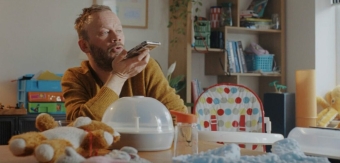Today’s musing was spurred on from reading an article at the weekend by Alex Hern reviewing a new book (an interesting choice of channel to publish through) by Matthew Ball - The Metaverse: How It Will Revolutionize Everything.
You likely know by now I’m not a fanboy of the platform - I’d pick a makerverse over it every time - and one line in the interview really struck me:-
“I am also sure that an ever-growing share of our time, labour, leisure, spend, wealth, happiness, activities and learning will take place inside virtually simulated environments or virtually supported environments.”
Is that a good place to develop as a person?
Isn’t life richer when you actually experience it?
Consequently I dipped straight into Emily Bender, Timnit Gebru, and colleagues’ article carefully unpicking what exactly the metaverse is (specifically the artificial intelligence aspects driving it) and most importantly, what it ain’t.
The argument is that it’s not artificial intelligence - where we currently are, in a densely but clearly argued text - it is artificial mimicry.
Feedback loops

All social media is predicated on positive feedback to loop you in. The more you see of what you like or believe in, the more of it you’ll get fed.
Bender and Gebru have a wonderful metaphor for this - the “stochastic parrots” - the thing that repeats phrases without understanding. I can think of a few actual stochastic parrots that exist outside of ‘AI” in the real world already, but enough of that.
The important thing here, for me at any rate, is to distinguish between what we want technology to do for us, not to us. Of course imitation is flattering, but it really isn’t going to stretch me. To simply hear what you believe all the time isn’t helpful. As ex-members of the UK Cabinet probably won’t understand any time soon.
For the juggernaut companies developing these technologies, the answer to making AI more human is to throw everything at it. ‘Scaling is all you need’ to grow the model from parrot to person. Which while some believe might have already happened, there is a danger in believing too earnestly in your own science towards conclusions that look logically like what you want to see. Sometimes though, it’s a mirror rather than a window.
Of course this short diatribe massively over-simplifies the really interesting fields that computing is opening up. Let’s just be careful what we let out of that box yeah?






Richard July 12th, 2022, in the afternoon
Oh wow, big hugs CP team